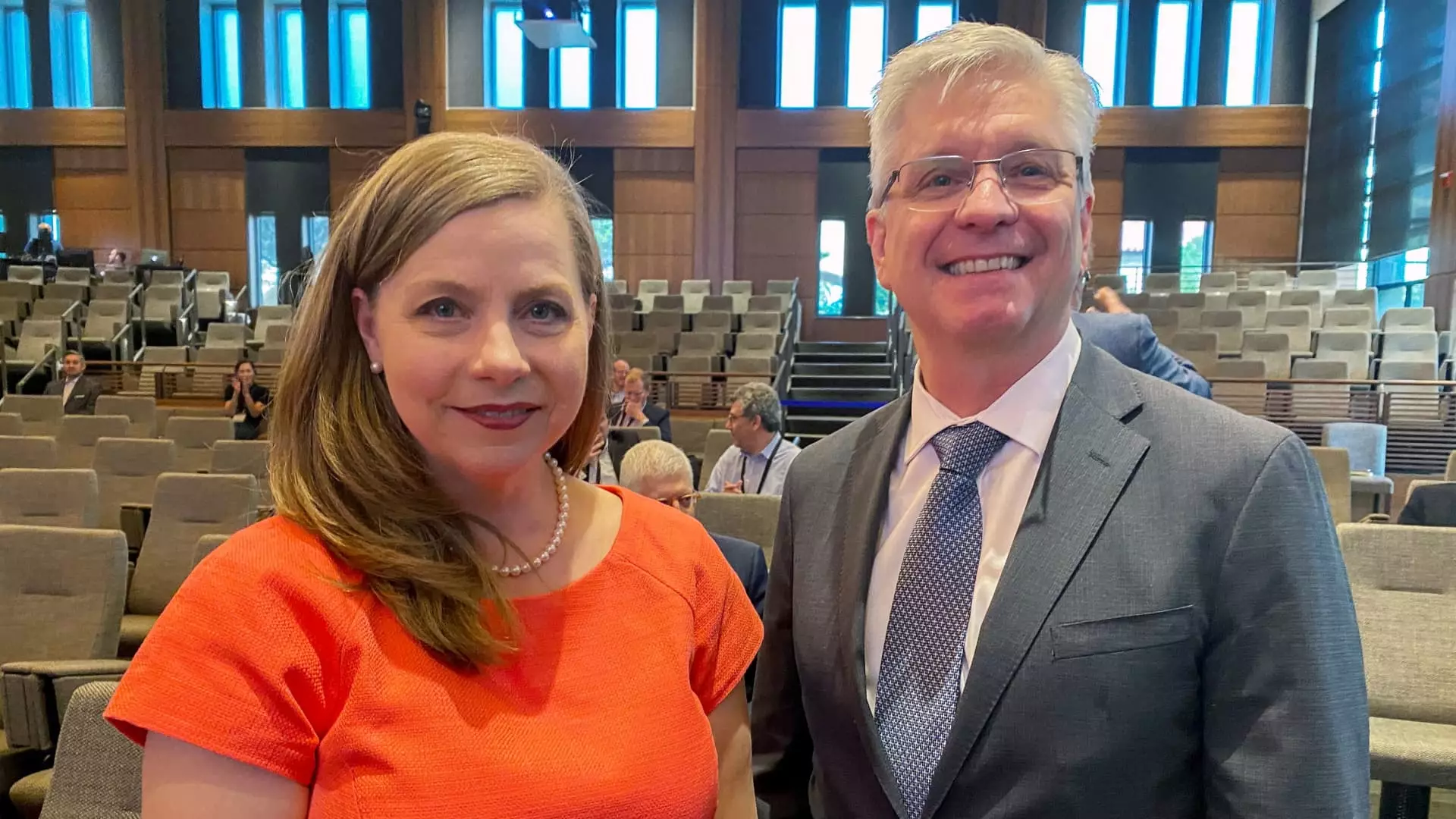The announcement of Michael Barr’s resignation from his position as Federal Reserve Vice Chair for Supervision has significant implications for the U.S. banking landscape. As he steps down to avoid entanglements with the Trump administration, the path is being cleared for a new appointee who may adopt a more lenient regulatory stance. This change comes at a crucial juncture when financial markets are buoyed by optimism stemming from recent electoral outcomes.
Michael Barr’s resignation, which takes effect next month, marks a notable shift in regulatory oversight as he leaves the position approximately 18 months before his intended departure. Initially, Barr’s leadership was perceived as aligned with maintaining stringent oversight of the banking sector. His anticipated clash with the Trump administration—primarily concerning regulatory measures intended to enhance capital requirements for banks—was based on the previous administration’s appetite for deregulation. With Barr’s exit, the focus shifts towards appointing an alternative that could facilitate Trump’s deregulatory ambitions, indicating a potential pivot in the regulatory framework governing U.S. financial institutions.
The immediate aftermath of Barr’s announcement has seen a surge in bank stock values, reflecting investors’ expectations for a softer regulatory regime. Financial stocks, particularly those of major banks, benefited from this speculative environment, bolstered by Trump’s earlier election indicating a pivot toward less regulatory oversight. In the evolving scenario, the incumbent decision-makers are expected to consider appointments that align with industry interests, suggesting possible shifts in strategic regulatory directions.
Speculations about who will replace Barr are already underway, focusing on potential candidates—most notably Michelle Bowman and Christopher Waller, both current Republican governors. The likelihood of Bowman, a known critic of Barr’s previous proposals, stepping into the role is high. As an individual with a background in community banking, she could usher in reforms that resonate with the industry’s call for transparency and fairness, particularly in areas like Federal Reserve stress tests and merger scrutiny.
Bowman’s record indicates a propensity for advocating modifications to existing supervisory frameworks that may be perceived as burdensome by the banking industry. Her vocal opposition to the Basel III Endgame is indicative of a broader sentiment that the banking sector is eager to temper capital requirements, thus allowing firms greater latitude in profits reallocations, such as stock buybacks. Analysts expect that if Bowman assumes Barr’s vacated role, she may advocate for a regulatory framework that prioritizes industry flexibility while minimizing bureaucratic hurdles.
Moreover, Bowman’s potential leadership could result in a redefined relationship between banks and regulatory authorities, fostering a collaborative dynamic rather than one governed by confrontational oversight.
The focus on Basel III requirements is indicative of a broader global discourse surrounding bank capital standards. Barr’s leadership had been pivotal in pushing for reforms that aligned with Basel compliance, which would have necessitated significant capital reserves for high-tier banks. However, with his departure, there exists the potential for a recalibration of the Basel III Endgame presentation, resulting in a version less burdensome for large financial institutions.
The new regulatory stance may usher in a period where capital requirements are adjusted to support banks’ operational liquidity without mandating massive fund reserves. A less stringent version of Basel III could facilitate enhanced lending capacities, subsequently translating into greater economic activity. Analysts point out that a shift towards less demanding regulations could improve bank profitability, thereby enhancing shareholder returns.
Ultimately, Barr’s resignation not only signifies a change in regulatory oversight but also reflects broader economic implications tied to the resilience of the banking sector. With potential reforms enabling greater operational freedom for banks, stakeholders may experience bolstered confidence in the financial sector’s recovery trajectory. As banks navigate this transitional environment, the challenge will lie in balancing adequate oversight with the need for operational flexibility.
With the financial landscape on the cusp of transformation, the decisions made in the coming months could shape the regulatory foundation for years to come. As appointments are made, the kernel of industry-favored reforms will likely proliferate, leading to an era of banking regulation characterized by a shift toward collaboration between regulators and financial institutions rather than stringent oversight. Thus, Barr’s exit denotes not merely an administrative change but a possible renaissance of the banking industry’s ethos in the face of evolving regulatory dynamics.

